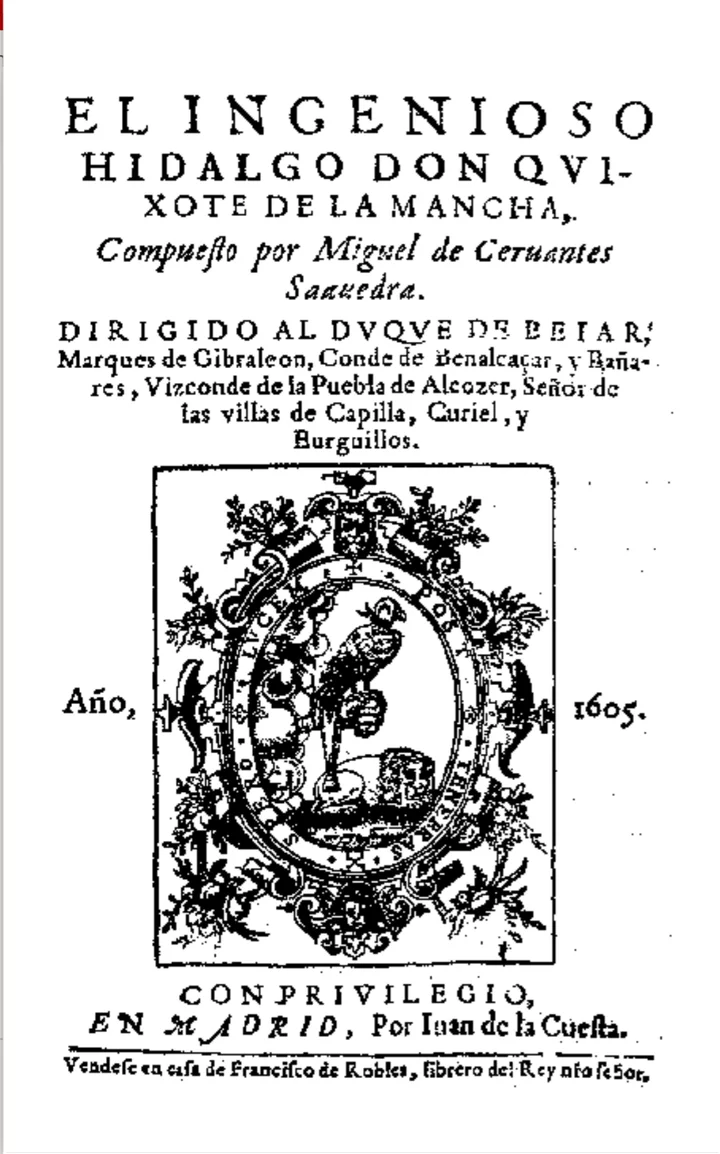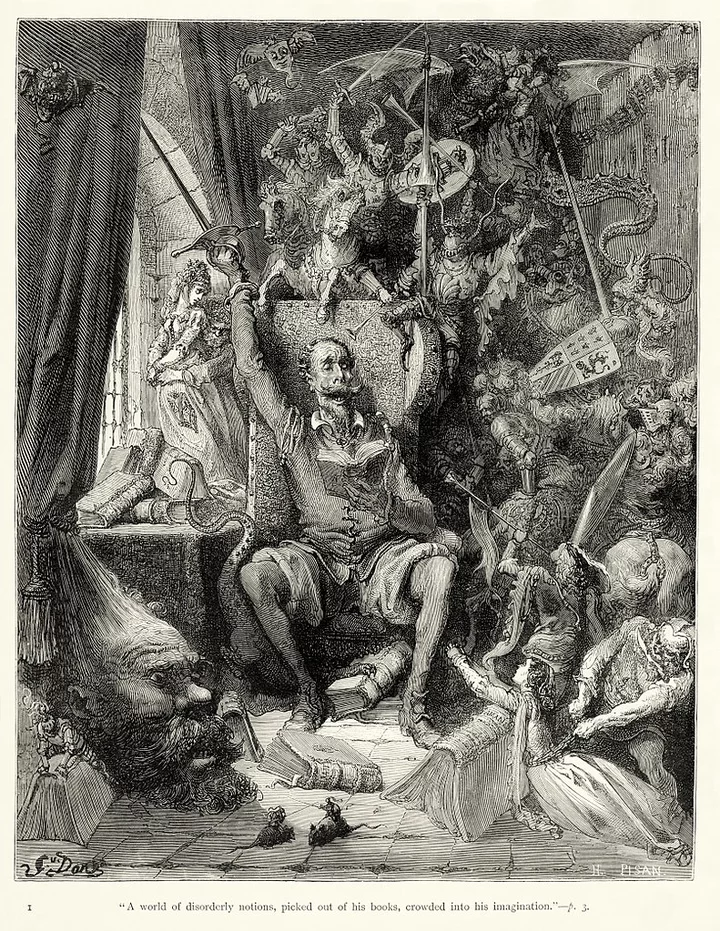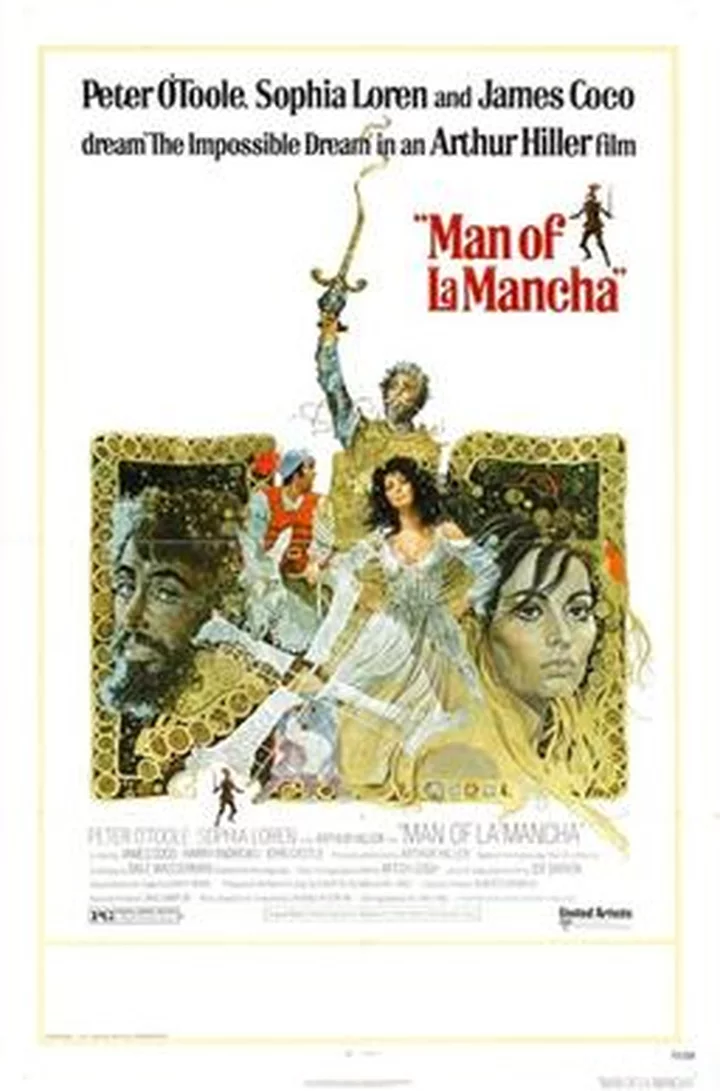Miguel de Cervantes Saavedra was in prison when he created the character of the impoverished aristocrat Don Quixote. Ten years earlier, he’d fought — bravely, apparently — in the crucial Battle of Lepanto, the 1575 clash between the Ottoman Turks and the Christian “Holy League.” Hundreds of galleys and tens of thousands of sailors and troops had fought a bloody sea battle off the western coast of Greece. The result — the Turks lost — put a permanent stop to Islamic expansion into Europe, which had begun with the fall of Constantinople in 1453.
On his way home to Spain, while carrying a letter of commendation from the Holy League’s leader Don John of Austria, Cervantes and his brother were captured by Algerian pirates and ransomed. After years of captivity, including three failed escape attempts, Miguel returned home to Spain — only to be imprisoned again, this time accused of defrauding the state while working as a tax collector. His second incarceration turned out to be the western world’s gain, for it was during this time that he wrote what’s generally acknowledged as the first modern novel. (The Tale of Gengji, Murasaki Shikibu’s epic tale of shenanigans in the Japanese imperial court, “The Tale of Genji,” predates “Quixote” by 600 years.)
Title page of first edition (Via Wikimedia, public domain)
Cervantes’ genius was to recognize that the popular reading matter of his day, so-called “romance” literature, was getting hackneyed. Typical romances involved characters from (idealized) medieval chivalry, such as Arthur, Lancelot and Guinevere, or Roland and King Charlemagne’s other knights. Monsters were slain and damsels saved while courtly love reigned. Thanks to Gutenberg’s printing press, the romance market was saturated by 1600. So, instead of writing romances in the popular fashion, Cervantes spoofed them, coming up with the brilliant idea of showing how reading too many of them could lead to madness.
Too much reading of romances! Gustave Doré’s engraving, captioned, “A world of disorderly notions, picked out of his books, crowded into his imagination.” (Via Wikimedia, public domain)
His mad protagonist was El ingenioso hidalgo don Quixote de la Mancha, to give his first (of two) set of tales its full title. Alonso Quijano was an hidalgo, the lowest class of nobleman. In his dotage, Alonso had immersed himself in every romance book in his library and started to believe he was an old-time knight-errant (caballero andante), “Don Quixote.” The rest is history: Quixote sets out on his old nag of a horse Rocinante (thinking she was a noble steed), persuades a farm worker, Sancho Pancho, to be his “squire,” tilts at a windmill (believing it to be an evil giant), and designates a slaughterhouse worker as his “lady,” renaming her Dulcinea. And much, much more as Quixote lives out “The Impossible Dream.”
Cervantes’ new (hence our word “novel”) style of writing was an immediate hit. It still is! It was voted “the greatest work of fiction ever written” 20 years ago in a 55-country survey. Don Quixote also enhanced our language: The pot calling the kettle black, Thou hast seen nothing yet, No limits but the sky, Tilting at windmills…and, of course, our word “quixotic.” If you’re reading it for the first time, start with Edith Grossman’s terrific translation.
I like to think that if Cervantes, who turned his own hardships into rollicking adventures, could see how his novels led to today’s madcap world of literary fiction, he’d be muy encantado.



CLICK TO MANAGE